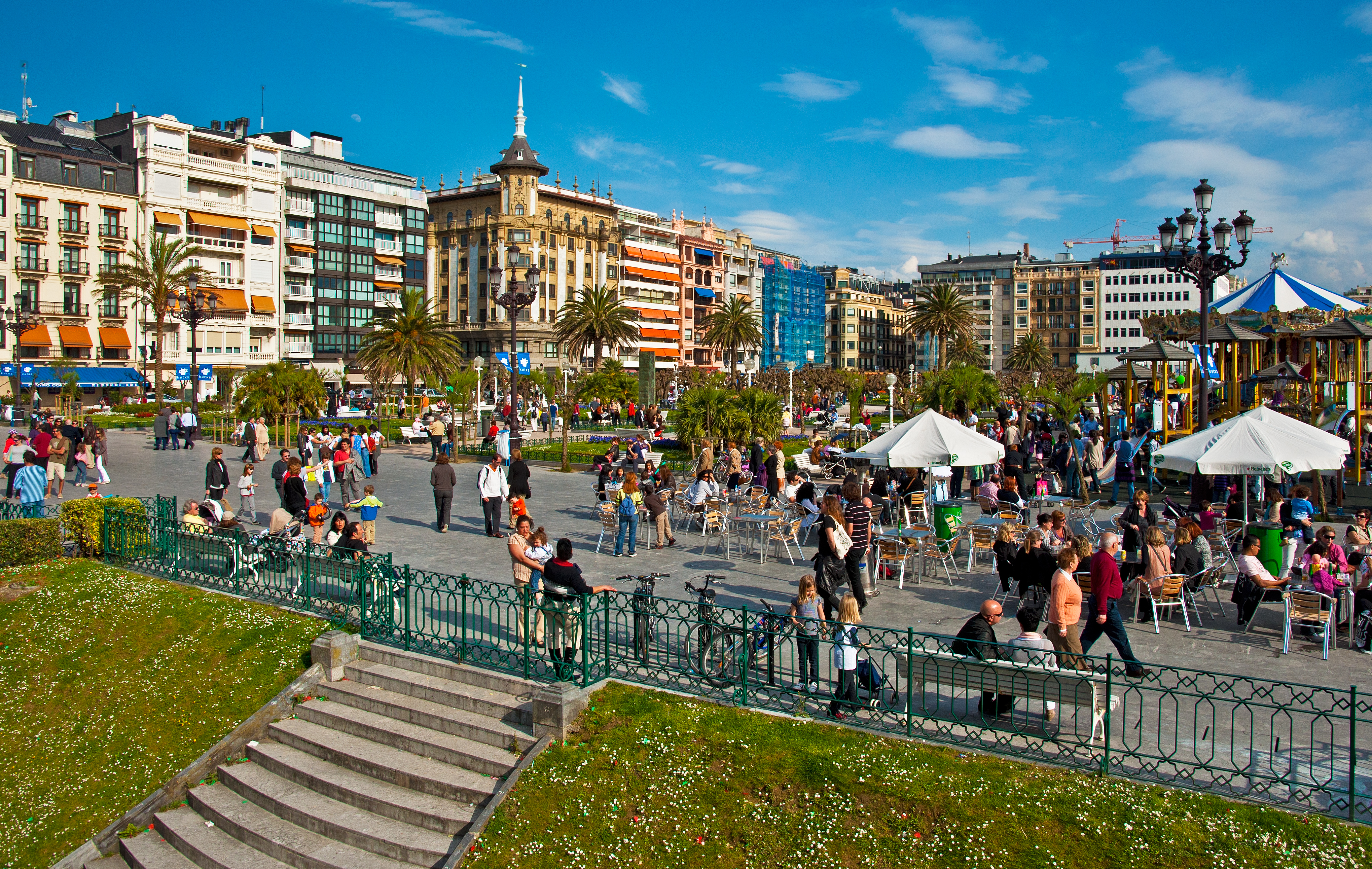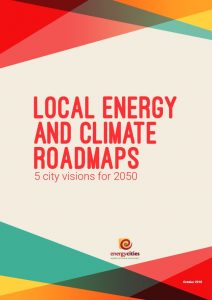San Sebastiàn’s 2050 roadmap
A need for sweeping governance changes
With their “Plan de Acción Klima 2050 de Donostia / San Sebastián” that the Basque city of San Sebastián has published last year in order to become carbon neutral by 2050, the city demonstrates that the energy transition based on a decentralised and dynamic system requires a change in governance. Policies, budgets, measures and administrative bodies – all need to be aligned and climate- mainstreamed.
Long-term planning forces us to get to grips with climate change, how to avoid it and how to mitigate against the worst of it.
It is not an easy or enjoyable task George Marshall, the author of “Don’t Even Think About It: Why Our Brains Are Wired to Ignore Climate Change,” who explains:
“The bottom line is that we do not accept climate change because we wish to avoid the anxiety it generates and the deep changes it requires. In this regard, it is not unlike any other major threat. However, because it carries none of the clear markers that would normally lead our brains to overrule our short-term interests, we actively conspire with each other, and mobilize our own biases to keep it perpetually in the background.”
This is just one reason for why the exercise of long-term thinking is so unpopular – and necessary.
As we have found with our study on local 2050 roadmaps, the development of local climate and energy roadmaps is crucial. It allows for new, interventionist, inclusive and participatory approaches to city- and energy system planning. A successful roadmapping exercise must be supported by engaged citizens, civil society, businesses, and the public to realistically show the potential of sustainably transforming local climate and energy governance.
When it comes to implementation, every municipal department in San Sebastiàn is required to incorporate the roadmap´s actions and the respective climate and energy objectives into its own plan. Such an integrated approach exemplifies how climate mainstreaming can be introduced into the everyday working culture of a city administration.
Local energy & climate roadmaps: 5 city visions for 2050
The EU is currently designing a new 2050 strategy for reducing its GHG emissions, which should be compatible with the Paris climate agreement. On the surface, it appears as an exercise to design climate action policies, but in fact, it is much more than that. Thinking about 2050 today leads us to ask ourselves: how should our (urban) societies look like in 2050? How can we achieve a high quality of life while respecting our planet’s resources? How will we share responsibilities and benefits in a transformed energy and mobility landscape?
Many European cities have already engaged in the long-term planning for the mid-century mark. By developing their 2050 roadmaps, these cities are designing clear pathways to transform their societies to become resilient and resource-efficient, running entirely on clean energy sources and providing social and economic wellbeing to their citizens.



